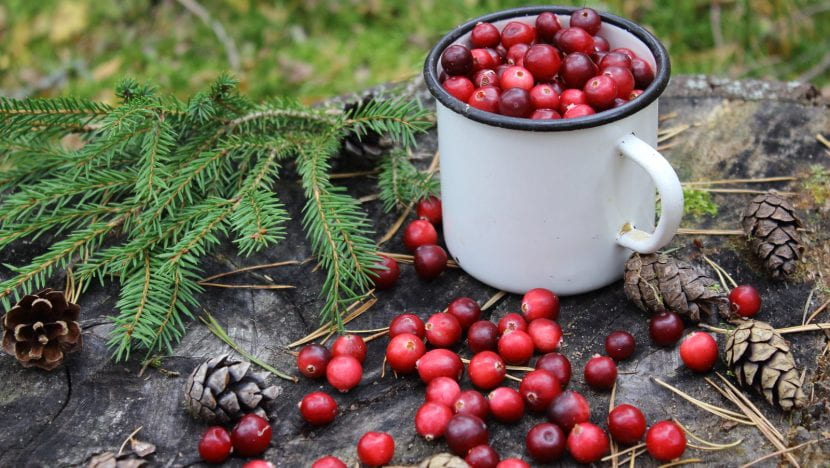Fall is the start of our favorite food holidays, and they would not be complete without CRANBERRIES!
The peak harvest season for fresh cranberries is October through December. Did you know that one cup of whole fresh cranberries provides about 25% of the daily requirement of vitamin C, and about 6% of the daily requirement of vitamin K. Dried cranberries lose valuable Vitamin C due to the drying process. One cup of cranberries also provides antioxidants and 4 grams of fiber. To properly handle cranberries, wash and remove their stems. Once washed, refrigerate and use them within 3 days.
Another great way to store them is by freezing. Pack cranberries into containers, leaving headspace. Cranberries can also be frozen on a tray first, and then packed into containers as soon as they are frozen. Seal the containers, and freeze for up to 2 years.
Cranberries are versatile and can be combined with many other flavors. Try mixing cranberry juice with other juices such as apple, orange, or grape. Dried cranberries can be added to nuts, trail mix, granola, oatmeal, or even chicken salad. Fresh or dried cranberries work well in quick breads such as muffins, sweet breads, and yeast breads. These berries also work well in pies, cobblers, chutneys, salsas, and relishes.
Some Fun Facts About Cranberries:
- One cup of fresh cranberries contains only 4 grams of sugar.
- Contrary to popular belief, cranberries do not grow in water.
- A perennial plant, cranberries grow on low running vines in sandy bogs and marshes.
- In Wisconsin, cranberry marshes are flooded with water to aid in harvesting. Because the tart, tiny berries contain a pocket of air, when the marsh is flooded, the berries float to the surface to be picked up by harvesting equipment.
- Cranberries are harvested each year from late September through October.
- The United States is the world’s top producer of cranberries.
Cranberries were first used by Native Americans who discovered the wild berry’s versatility as a food, fabric dye, and healing agent. Today, cranberries are commercially grown throughout the northern part of the United States and are available in both fresh and processed forms. American whalers and mariners carried cranberries on their voyages to prevent scurvy. In 1816, Captain Henry Hall was the first person to successfully cultivate cranberries. By 1871, the first association of cranberry growers in the United States formed, and now U.S. farmers harvest approximately 40,000 acres of cranberries each year.
(Resources: Cape Cod Cranberry Growers’ Association, http://www.cranberries.org/cranberries/history.html https://nesfp.nutrition.tufts.edu/world-peas-food-hub/world-peas-csa/produce-recipes/cranberries http://www.wiscran.org/cranberries/ https://food.unl.edu/documents/October_Webletter_CranberryMonth_09_27_14.pdf)
